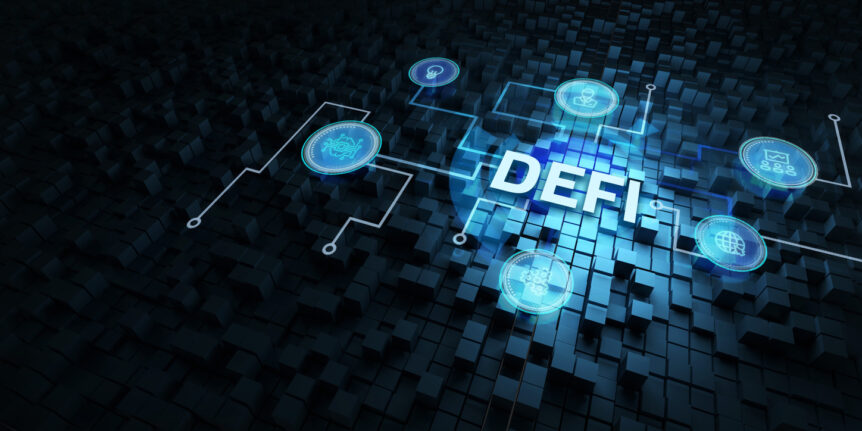Decentralized finance (DeFi) is a decentralized version of traditional finance. It allows users to borrow and lend money without relying on third parties. By eliminating the need for a central bank and clearinghouses, DeFi uses blockchain technology to enable peer-to-peer transactions.
DeFi allows users to create and manage their own decentralized applications, which differ from traditional banking, where you need to trust the bank to do things like hold your money, handle your credit card transactions, and even verify your identity. This is called a “trustless” system because there is no central authority. With DeFi, you can create and manage your own financial applications, which could be anything from a savings account to a lending platform. The goal is to provide financial services in a way that is transparent, fast, and cheap.
While you can certainly use financial tools to lend, borrow, and trade from anywhere, a distributed financial database collects and aggregates data from all users in a manner that ensures the integrity of the data by ensuring a consensus among all the users about the value of the money in circulation.
How Does DeFi Work?
Decentralized finance is not like traditional finance. Traditional finance deals with centralized exchanges, where a single exchange operates, manages, and administers a large trading portfolio. On the other hand, DeFi uses distributed ledger technology, also known as the blockchain. The blockchain is an innovative way of organizing financial transactions and is a decentralized and secured database. There is a wide range of applications that run on the blockchain. Cryptocurrencies, such as Bitcoin, use it.
A distributed ledger is an unalterable record of a transaction. Other users must verify each transaction in a blockchain before it is accepted. If these people agree that a transaction is valid, the block is encrypted; a new block is created that has information about the previous block inside it. The blockchain records the history of transactions in chronological order in blocks.
The information in the database is kept hidden from anyone who wants to tamper with it. To prevent any changes in the information in previous blocks, the data is locked to the succeeding block. The result is that once the information in a blockchain is set, it cannot be altered. For this reason, the word “chain” is used to refer to the data structure that is shared by all users.
The Future Of DeFi
The idea of decentralized finance is still in its infancy. In fact, it is very early in its development. Its infrastructure is still being built. Thus, there are many obstacles to overcome, such as glitches, scams, and hacks. However, it has the potential to revolutionize how people manage their money and even how they access capital. It’s exciting because it will bring financial services back to consumers, giving them control over their money. It is the new generation of finance that allows for instant payments and offers low fees, making it ideal for consumers and merchants alike.
For DeFi to become a trusted and reliable way to store and transfer funds, there are still many open questions to be answered and many improvements to be made. But if DeFi succeeds, financial institutions may even decide to make money from the system, either directly or through a third party, and figure out a way to make money off of it.

